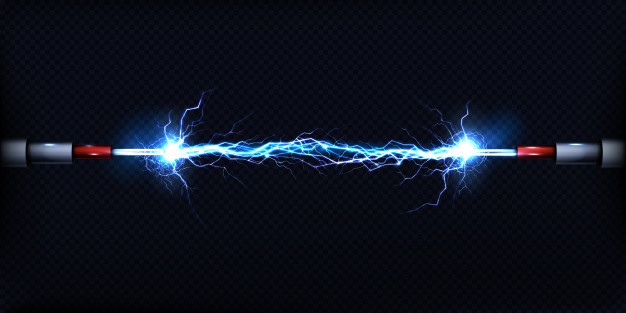What is a Conductor?

The conductor is specified as the substance that enables electrical current or heat to enact through it. The electrons in a conductor move freely from atom to atom when the potential difference is applied to them. If we talk about the conductivity of the conductor, it depends on the number of free electrons in the outermost shell of the orbit, and also conductivity is directly proportional to the number of free electrons.
The valence band and conduction band of the conductor overlap with each other and therefore there is no prohibited energy difference. The resistance of the conductor is very low, which causes the charge to move freely from one place to another when voltage is applied to them. Copper, aluminum, silver, mercury, etc. are some examples of conductors.
What is an Insulator?

Materials that do not allow electricity to allow current or heat to pass through such materials are called an insulator. The covalent bond between the different atoms of an insulator is very strong. Thus, electrons or charges do not move independently. The resistivity of the insulator is very high.
The prohibited difference between the valence band and conduction band of the insulator is very large, and therefore the electrons require large energy to move from the valence band to the conduction band.
Insulators are mainly used to isolate and support conductors and electrical devices. It is also used in electrical cable. Paper, wood, porcelain, etc., are some examples of an insulator.
Differences between conductor and insulator
| Conductor | Insulator |
| The conductor is the type of material that allows electric current or heat to pass through it | The insulator does not allow electric current or heat to pass through it. |
| The electric field is only existing on the surface of the conductor, and it continues zero inside the conductor. | It is not present on an insulator. |
| The conductor, when placed in a magnetic field, does not store energy. | The insulator stores energy in a magnetic field. |
| The thermal conductivity of the conductor is high. | The thermal conductivity of the insulator is low. |
| The covalent bond between the atoms of the conductor is very weak. | The covalent bond between different atoms is very strong. |
| In the conductor, electrons move freely from atom to atom whenever a potential difference is applied across it. | Electrons are stabilized due to atomic level forces. |
| The conductivity of the conductor is high. | The conductivity of the insulator is low. |
| The resistance of the conductor is very low, and therefore the electrons move freely from atom to atom. | The resistance of the insulator is very high. |
| The conductor retains a large number of free electrons. | The insulator does not possess a large number of free electrons. |
| The capacitance on the conductor remains the same at all points. | The capacitance in the insulators remains zero. |
| The resistivity of the conductor fluctuates from high to low. | The resistivity is relatively high. |
| The conductor possesses a positive thermal coefficient of resistance. | The insulator has a negative thermal coefficient of resistance. |
| The conduction band of a conductor is filled with electrons. | The conduction band of an insulator is empty. |
| The valence band of a conductor is empty. | The valence band of an insulator is filled with electrons. |
Conclusion
A major difference between a conductor and an insulator is that the conductor enables energy (i.e., current or heat) to enact through it, while the insulator does not enable energy to pass through it. A comparison of some other differences between them is described in the form of a chart.





